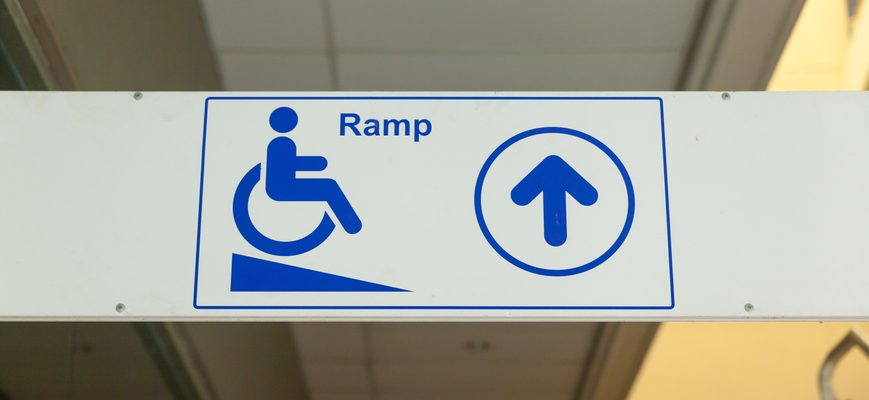- June 29, 2023
- in Uncategorized
- by Joshua Rollins
Accessibility and inclusivity are crucial factors to consider when designing and constructing commercial buildings. To accommodate individuals of diverse abilities, it is essential to create welcoming and convenient spaces for everyone. This article explores key strategies and considerations for establishing an accessible and inclusive environment in commercial buildings.
Understanding Accessibility Guidelines
To ensure the accessibility of commercial buildings, it is essential to familiarize oneself with accessibility guidelines. These guidelines, such as the Americans with Disabilities Act (ADA) in the United States, provide specific requirements for creating spaces that are accessible to individuals with disabilities. By adhering to these guidelines, commercial building owners can meet legal requirements and offer equal opportunities for all.
Implementing Universal Design Principles
Universal design principles involve designing spaces that can be used by people with a wide range of abilities. By incorporating versatile design features, commercial buildings can cater to individuals with disabilities while enhancing the overall user experience. Examples of universal design elements include ramps, wide doorways, accessible parking spaces, and tactile signage.
Enhancing Physical Accessibility
Physical accessibility encompasses various aspects of a building’s design. Consider installing ramps or elevators to access all levels, ensuring that doorways are wide enough for wheelchair users, and placing handrails in stairwells. Additionally, providing accessible parking spaces close to building entrances is essential for individuals with mobility challenges.

Prioritizing Wayfinding and Signage
Clear and intuitive wayfinding systems are crucial in creating an inclusive environment within commercial buildings. Utilize signage that includes visual and tactile elements, enabling individuals with visual impairments to navigate easily. Incorporate braille signage, contrasting colors, and large, easy-to-read fonts to ensure that information is accessible to everyone.
Accommodating Sensory Needs
Commercial buildings should also consider the needs of individuals with sensory sensitivities. To create a welcoming environment, implement noise-reducing measures, such as acoustic panels or sound-absorbing materials. Provide designated quiet areas for individuals who require a calmer space and ensure that lighting is appropriate and non-glare for individuals with visual impairments.
Adapting Restroom Facilities
Restroom facilities must be designed with accessibility in mind. Install accessible stalls that are spacious enough for wheelchair users and include grab bars for support. Moreover, provide changing tables in both men’s and women’s restrooms to accommodate individuals with disabilities who may require assistance.
Training Staff on Inclusivity
Inclusivity goes beyond physical modifications to the building itself. It is essential to train staff members on how to interact with and assist individuals with disabilities. Educate employees on disability etiquette, communication techniques, and how to provide support when needed. By fostering a culture of inclusivity, commercial buildings can create a positive experience for all visitors.
Creating an accessible and inclusive environment in commercial buildings is not only a legal requirement but also a moral imperative. By understanding and implementing accessibility guidelines, incorporating universal design principles, and addressing the diverse needs of individuals with disabilities, commercial buildings can become welcoming spaces for everyone. Remember, prioritizing inclusivity not only benefits individuals with disabilities but also enhances the overall experience for all visitors. Let us strive toward a future where accessibility is the norm, ensuring no one is left behind.



